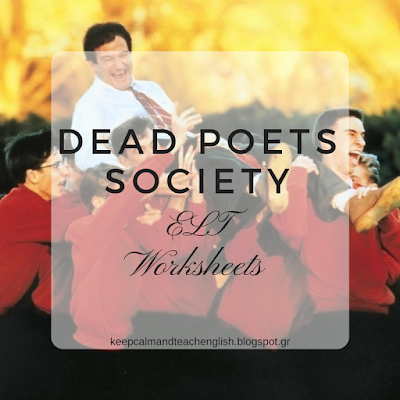"See, Think, Wonder": A Powerful Technique for Engaging EFL Students
In the EFL classroom, sparking curiosity and encouraging students to think critically can be challenging. One technique that is gaining popularity for its ability to promote deeper thinking and engagement is “See, Think, Wonder.” This thinking routine, developed by Project Zero at Harvard University, is a simple yet powerful way to help students observe, reflect, and question the world around them.
What is "See, Think, Wonder"?
"See, Think, Wonder" is a thinking routine designed to help learners make careful observations and think more deeply about what they see. It’s broken down into three steps:
See: Students describe what they see in a specific image, object, or scene without making assumptions or drawing conclusions. This step is all about observation and noticing details.
Think: Students share what they think about what they have observed. Here, they start making interpretations and forming ideas based on what they see.
Wonder: Students ask questions about the image or object, sparking curiosity and encouraging further exploration.
This technique helps students become more mindful observers, critical thinkers, and curious learners—all essential skills for language acquisition and cultural understanding.
Why Use "See, Think, Wonder" in the EFL Classroom?
For EFL students, "See, Think, Wonder" offers multiple benefits:
Vocabulary Development: Observing images and describing them encourages students to use a wide range of vocabulary.
Speaking and Writing Practice: Each stage of the routine encourages students to express their thoughts and questions in English, whether orally or in writing.
Critical Thinking Skills: By thinking about what they see and asking questions, students practice analyzing and evaluating information, skills they can apply in language learning and beyond.
Cultural Exploration: Images from different cultures or contexts can help students make cultural connections, an important part of learning a new language.
How to Use "See, Think, Wonder" in an EFL Classroom
Here’s a simple guide for incorporating "See, Think, Wonder" into your EFL lessons.
Step 1: Select an Image or Object
Choose an interesting image or object that’s relevant to your lesson. For example, a photo from a famous landmark, a scene from daily life in an English-speaking country, or a piece of art. Make sure the image is complex enough to spark observations and questions.
You can find Intriguing images stripped of their captions in The New York Times Learning Network section: What’s Going On in This Picture?
Step 2: Guide Students Through Each Step
See: Ask students, “What do you see?” Encourage them to describe details without interpreting. For example, “I see a man standing next to a bus,” or “There are two people smiling.” This builds observation skills and vocabulary.
Think: Ask, “What do you think is happening here?” or “What do you think about this?” Here, students can share their ideas. For instance, “I think they are waiting for the bus,” or “I think this is a celebration.” This step prompts students to go beyond surface-level observations.
Wonder: Finally, ask, “What do you wonder?” or “What questions do you have about this image?” This part helps students develop inquiry skills. They might say, “I wonder why they are celebrating,” or “I wonder what country this is in.” This encourages curiosity and paves the way for research or follow-up discussions.
Step 3: Facilitate Group Discussions
After individual work, let students share their observations, thoughts, and questions in pairs or small groups. This gives them a chance to listen to others, exchange ideas, and practice conversational skills.
Step 4: Extend the Learning
Use students’ "wonders" as a springboard for further activities, such as researching answers to their questions, writing stories based on the image, or having a class discussion. This extension solidifies learning and makes the activity more meaningful.
Final Thoughts
"See, Think, Wonder" is an adaptable technique that can enrich any EFL lesson. By encouraging students to observe carefully, interpret thoughtfully, and question curiously, you’re helping them develop essential language skills in an engaging and thought-provoking way. Try using this technique in your classroom, and see how it helps students think more deeply, express themselves with confidence, and, most importantly, wonder about the world.




Comments
Post a Comment